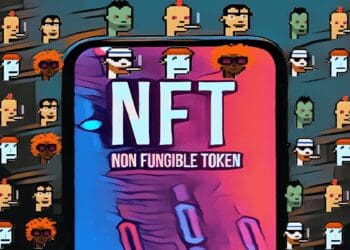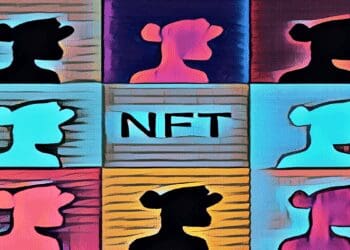The zero-fee marketplace recommended that creators restrict sales on rival OpenSea in a blog post on Wednesday that explained how they can receive full royalties on its platform.
As both platforms compete for market share among NFT developers, the conflict between leading rival OpenSea and zero-fee non-fungible token (NFT) marketplace Blur has gotten more intense.
Yesterday we made an update to our royalty policy. Here’s the blog post accompanying that – it was meant to go out yesterday but due to the launch mayhem we weren’t able to publish until now. https://t.co/jeRcQYkvAr
— Blur (@blur_io) February 15, 2023
In a blog post targeted at NFT creators, Blur explained the variations in royalty payment possibilities between its platform and OpenSea on Wednesday. When Blur originally went up in October, the platform used a royalty-optional business strategy made popular by rivals like X2Y2. It began expanding royalties to eligible NFTs in November, and a month later it started enforcing a 0.5% minimum royalty rate.
Blur now claims that collections will need to blocklist OpenSea, which mandates total royalties for new projects that launch on its platform, in order for authors to receive total royalties on its platform. This is accomplished by giving authors the option to add a code to their NFT contracts that forbids the sale of their work on secondary NFT markets that disregard royalties.

Blur stated in its post that it preferred creators not be forced to choose between earning royalties on all of the markets they whitelist.
The blog post described the different measures creators can take to guarantee they receive royalties when their works are made available for resale on Blur. According to the platform, because of inconsistencies in the rules, artists are unable to get royalties from both OpenSea and Blur at the same time, and it is advised that creators prevent their tokens from being listed on OpenSea.
“As of right now, OpenSea sets royalties to optional whenever trading on Blur is detected. We warmly invite OpenSea to abandon this approach so that all new collections can generate royalties, according to Agreement.
Trading on secondary marketplaces that disregard author royalties is prohibited by OpenSea’s regulation, but in January, traders found what appeared to be a gap that let Blur get around it. As a result, the competition between OpenSea and Blur has grown more intense. According to the blockchain data analytics platform Nansen, trading volumes have grown quickly in recent months.
Blur released its eagerly anticipated native token, BLUR, on Tuesday. A few hours after the airdrop, trading volume for BLUR hit $500 million. Dune Analytics data show that Blur has outperformed OpenSea in terms of trade volume over the past week by over $13 million.













Discussion about this post